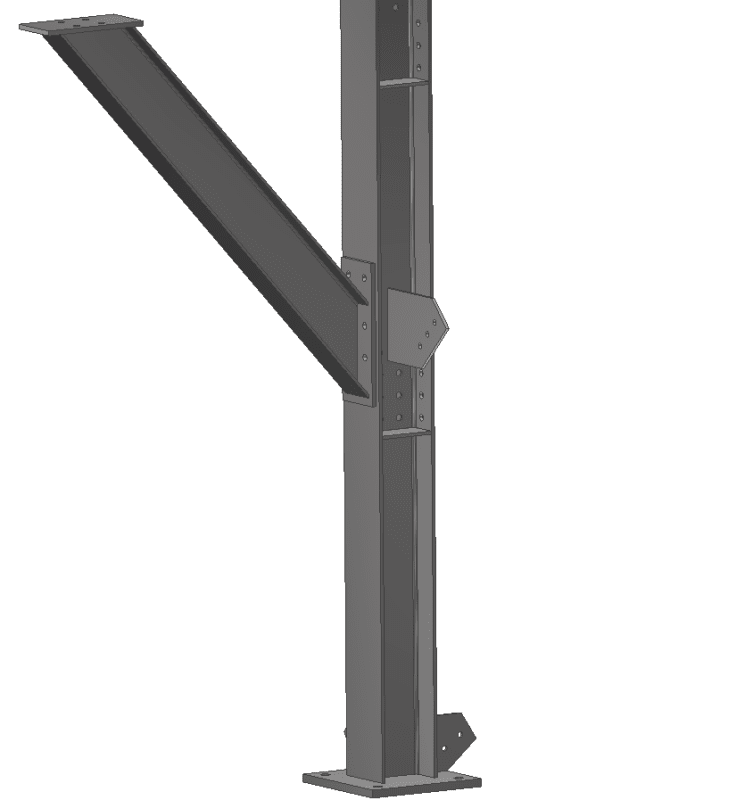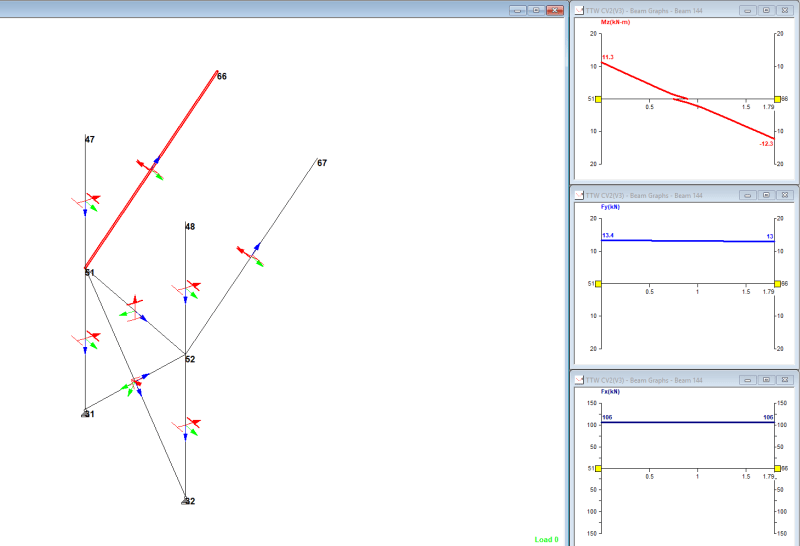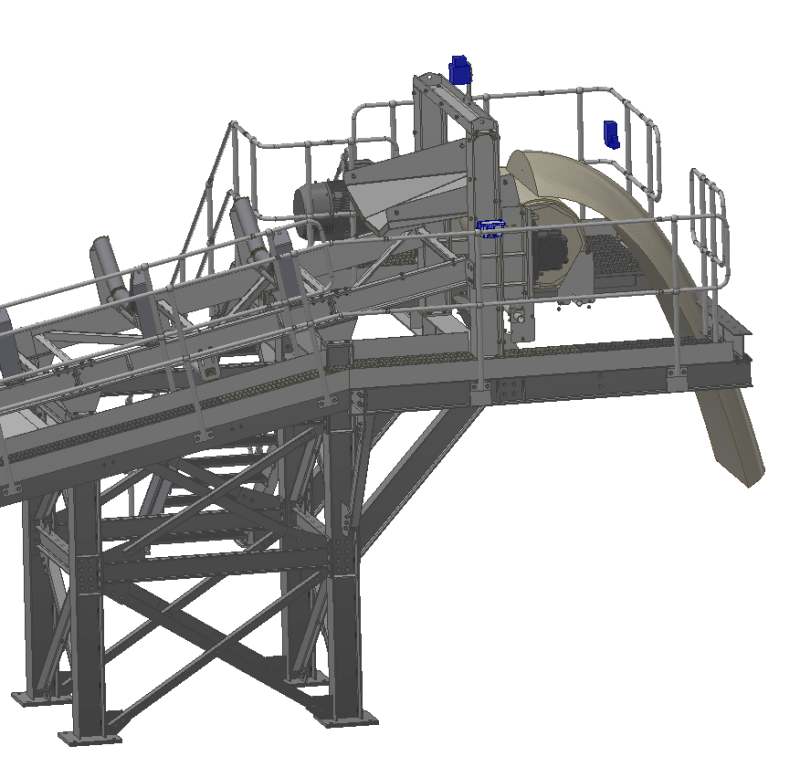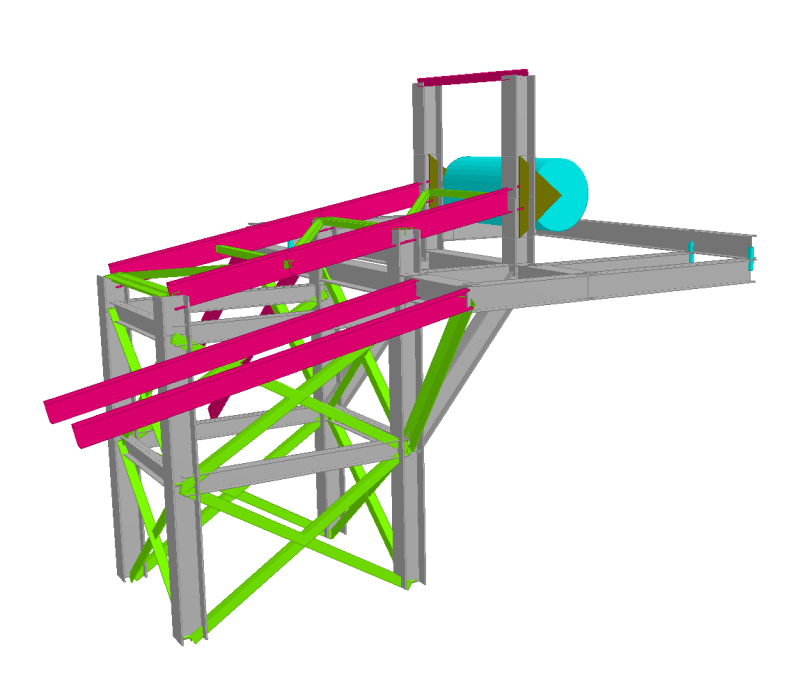Accumulated
Structural
Hi everyone,
It is my first post here. I've been lurking around and reading answers to questions I've for a while now. I've just graduated last year and I'm in my training period. I still have a lot to learn and a lot of questions I need answers to. And for a fact I know there are lots of experienced and knowledgable people to answer my questions. Pardon me for my english as well, as it is not my first language.
So back to the question, I've a connection design to verify against Eurocode(or British Standards) as shown in the attached picture. The end force I've gathered from STAAD is 106kN in Compression, 13.4 +Vshear and 11.3kN +Mz. For verification of axial force, is it just a matter of resolving the force and use same method as you would for a moment connection? If so, What about moment verification?
Are there any good books or tutorial for verification of connections using Eurocode?


It is my first post here. I've been lurking around and reading answers to questions I've for a while now. I've just graduated last year and I'm in my training period. I still have a lot to learn and a lot of questions I need answers to. And for a fact I know there are lots of experienced and knowledgable people to answer my questions. Pardon me for my english as well, as it is not my first language.
So back to the question, I've a connection design to verify against Eurocode(or British Standards) as shown in the attached picture. The end force I've gathered from STAAD is 106kN in Compression, 13.4 +Vshear and 11.3kN +Mz. For verification of axial force, is it just a matter of resolving the force and use same method as you would for a moment connection? If so, What about moment verification?
Are there any good books or tutorial for verification of connections using Eurocode?




